Noah Lorang, a data scientist at Basecamp, explains the key for most companies isn’t finding a way to use the most advanced methods. Instead, it’s about asking the right questions.
The dirty little secret of the ongoing “data science” boom is that most of what people talk about as being data science isn’t what businesses actually need. Businesses need accurate and actionable information to help them make decisions about how they spend their time and resources. There is a very small subset of business problems that are best solved by machine learning; most of them just need good data and an understanding of what it means that is best gained using simple methods.
Much along the same lines as when I say you can think like a statistician without the math.



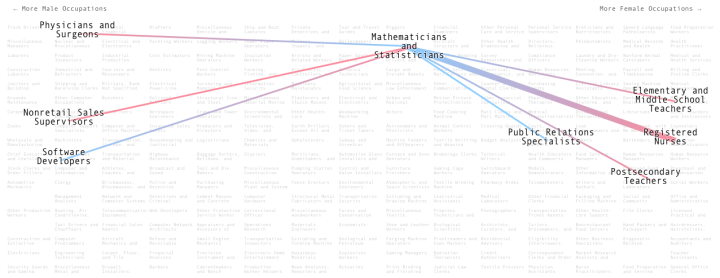
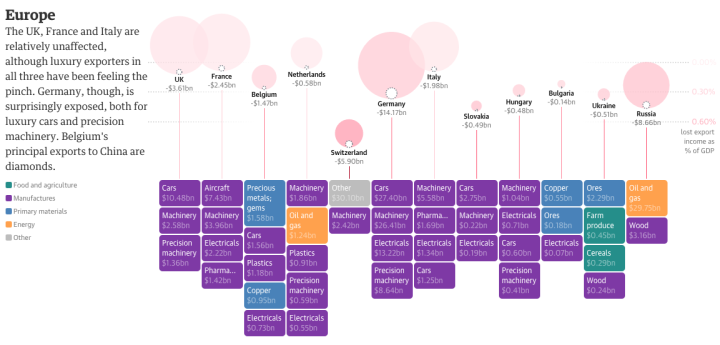

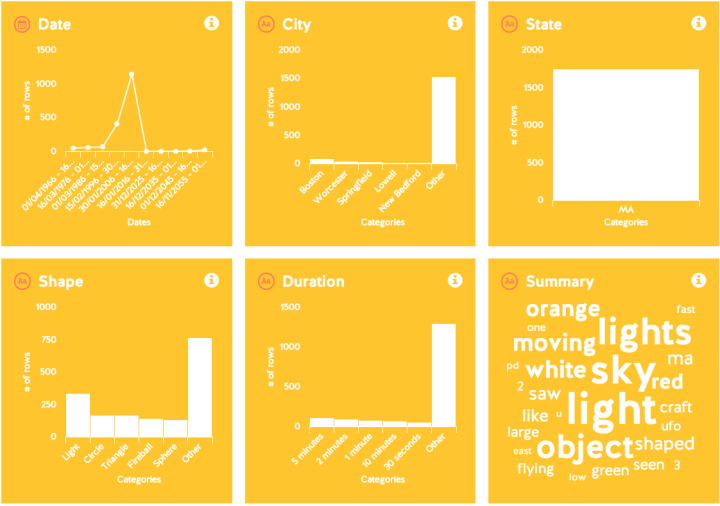

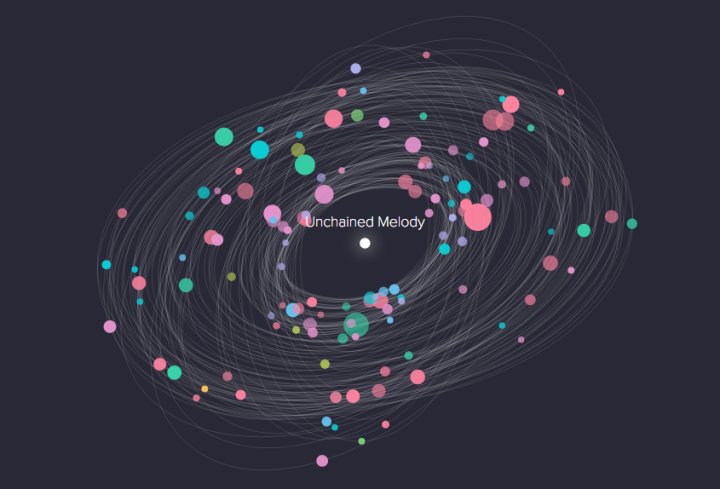
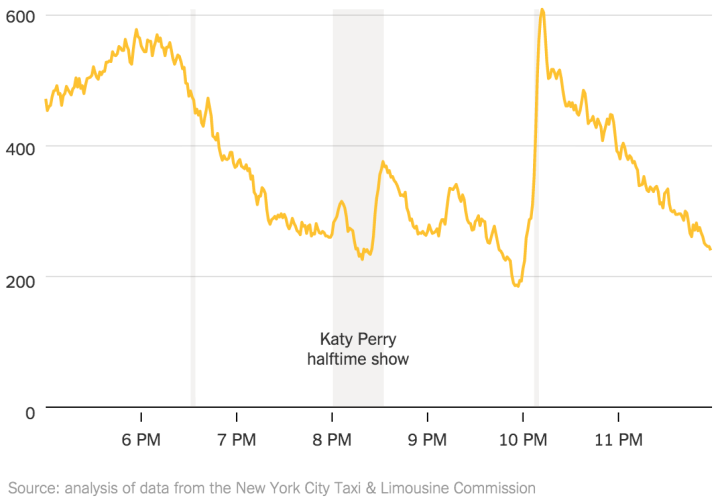


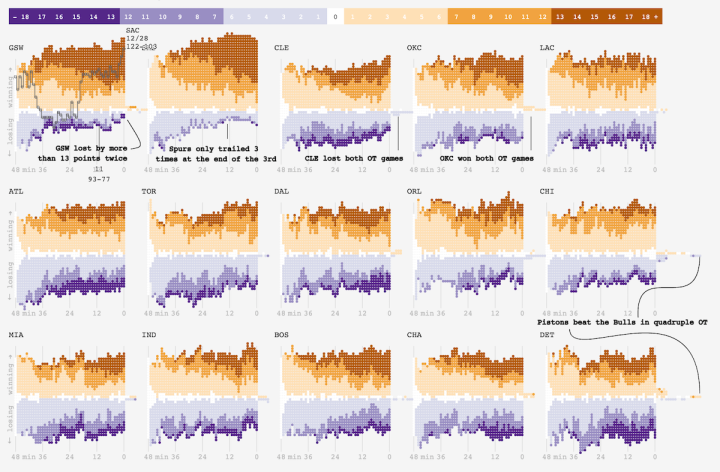
 Visualize This: The FlowingData Guide to Design, Visualization, and Statistics (2nd Edition)
Visualize This: The FlowingData Guide to Design, Visualization, and Statistics (2nd Edition)










